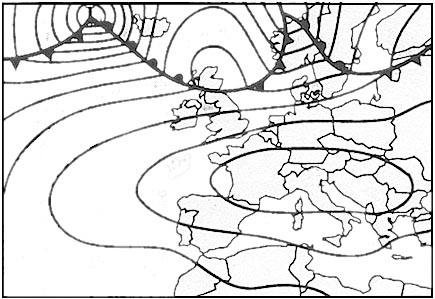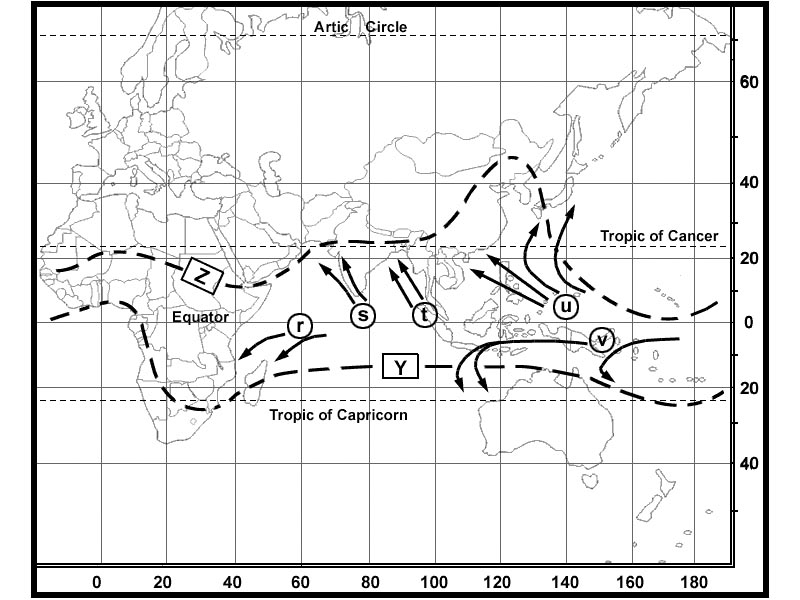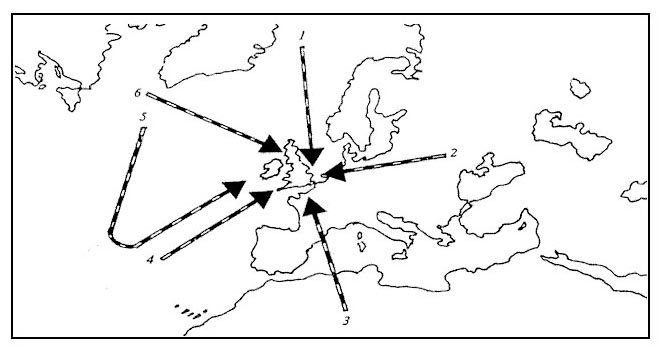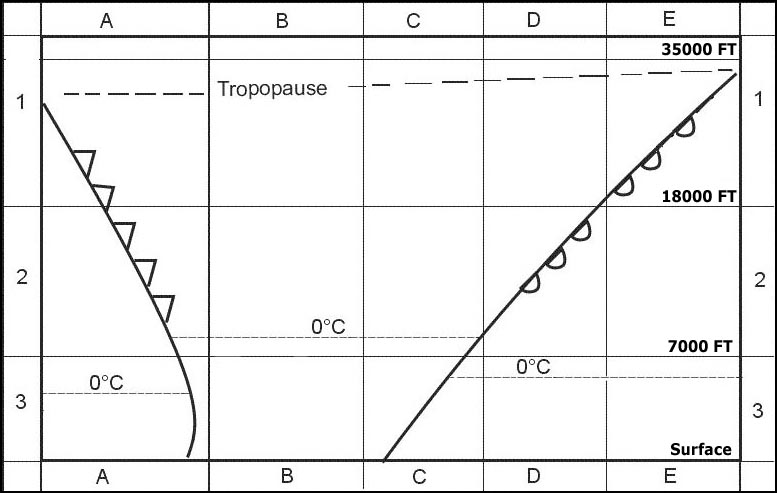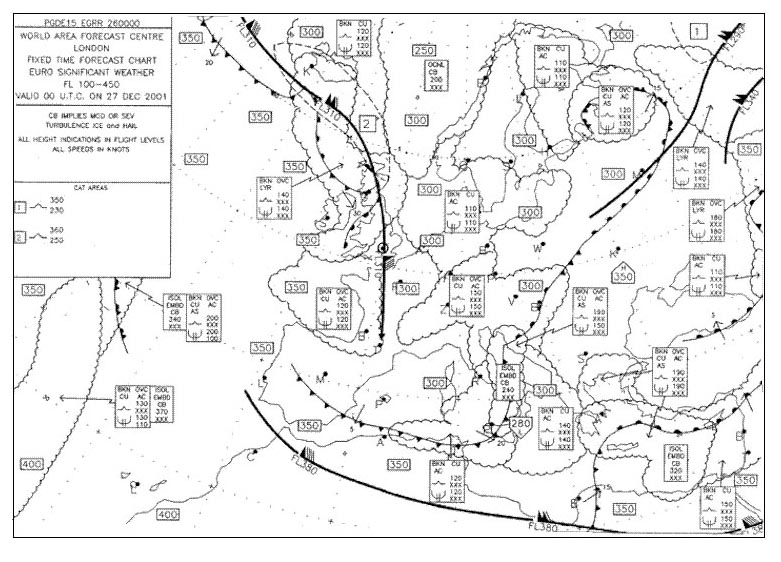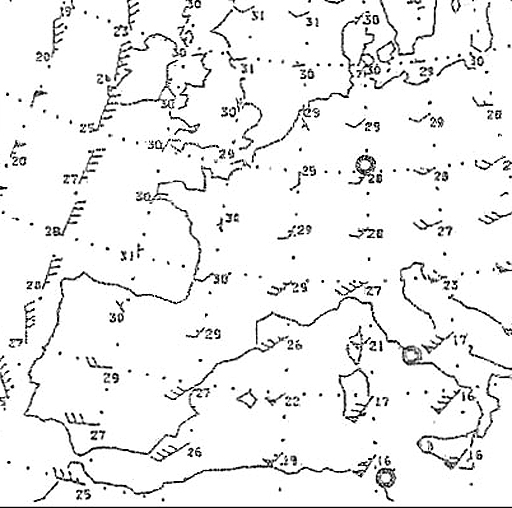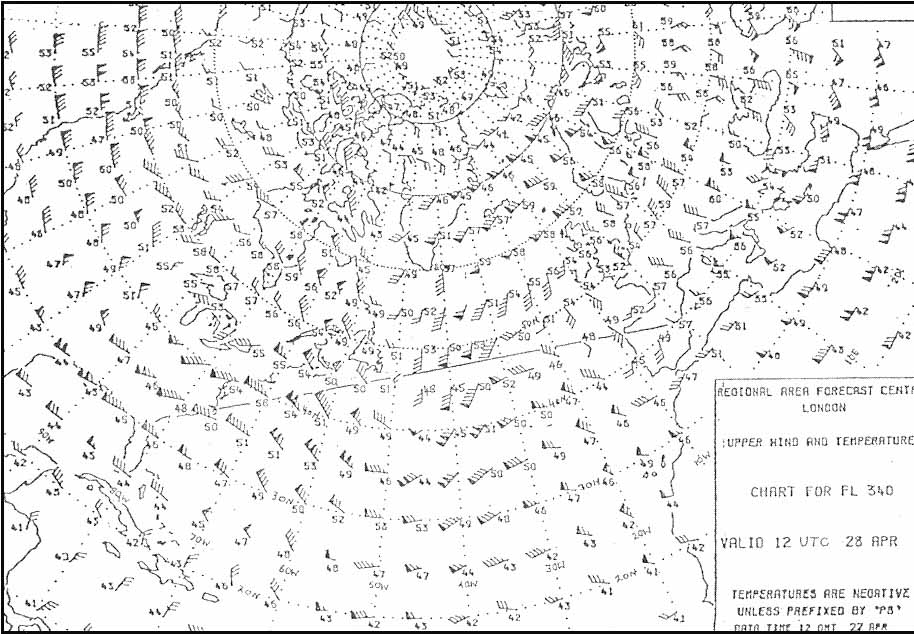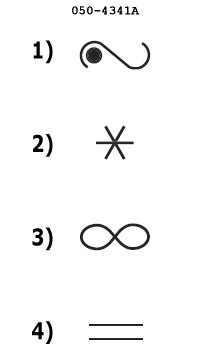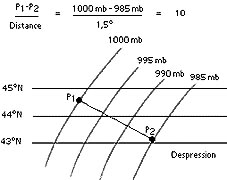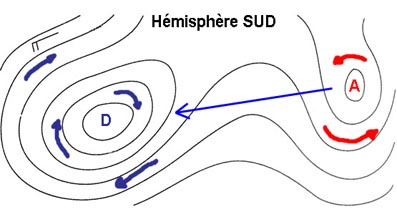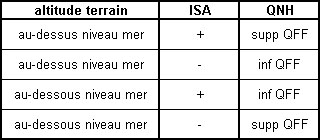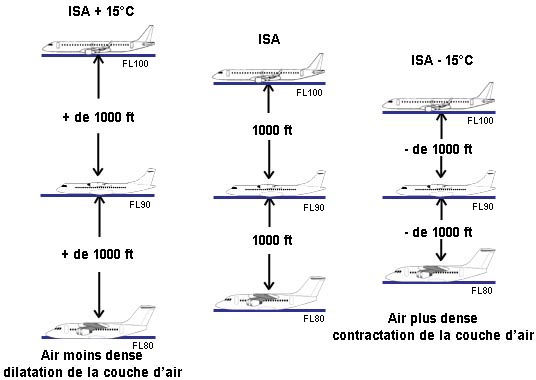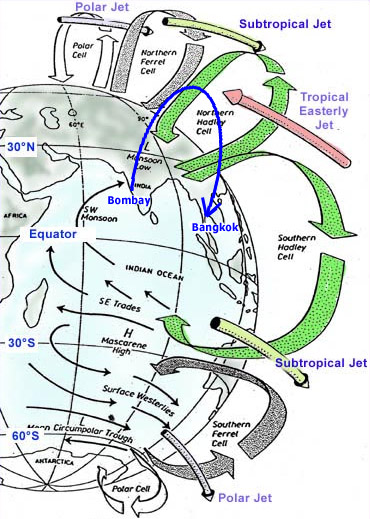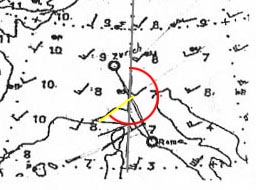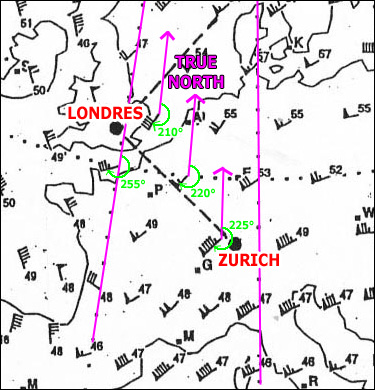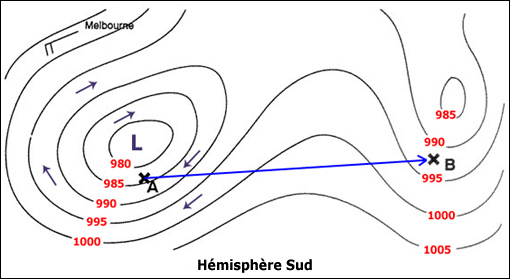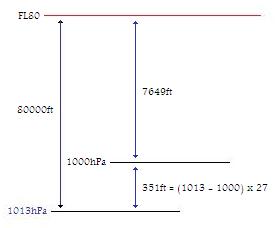Question 216-1 : North atlantic high level airspace nat hla .a check on the operation of the selcal equipment during a transatlantic flight using the ots organised track system must be done ? [ Preparation civilian ]
Question 216-2 : North atlantic high level airspace nat hla .if a flight is planned to operate along the whole length of one of the organised tracks in the mnps airspace the intended organised track should be defined in items of the flight plan by ?
Question 216-3 : North atlantic high level airspace nat hla .in the event of a contingency which required an en route diversion to an alternate aerodrome across the direction of the prevailing 'nat' traffic flow and if prior atc clearance cannot be obtained an aircraft able to maintain its assigned flight level ?
If above fl410 climb or descend 1000 ft while turning towards the alternate aerodrome

Question 216-4 : Extended range operations with two engined aeroplanes etops .an aircraft leaves point p 60°n 030°w on a true heading equal to 090° while the gyro compass which is assumed to be operating perfecly and without an ho y rate corrector unit indicates 000° the aircraft arrives at point q 62°n 010°w ?
328°
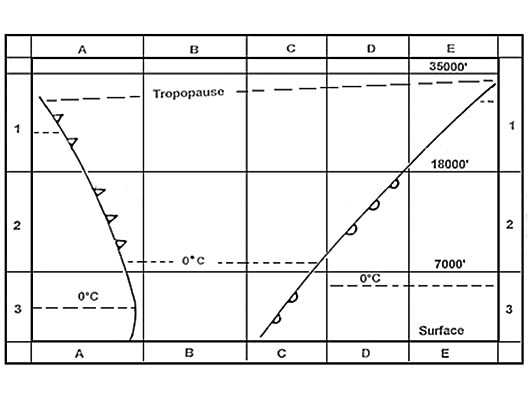
Question 216-5 : Extended range operations with two engined aeroplanes etops .you plan to fly from point a 60°n 010°e to point b 60°n 020°e . the north of the directional gyro with no rate correction device is aligned with the true north of point a .the constant gyro heading to be followed when starting from ?
076°
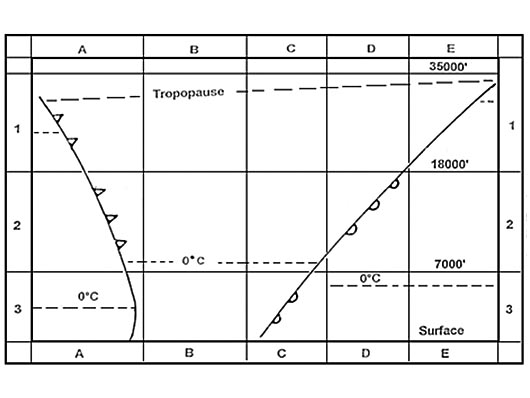
Question 216-6 : Extended range operations with two engined aeroplanes etops .the chart type is polar stereographic with the grid parallel to the zero meridian and grid north in the direction of the north geographic pole the gyro is not fitted with a rate correction device . the gyro magnetic compass of an aircraft ?
32 5°
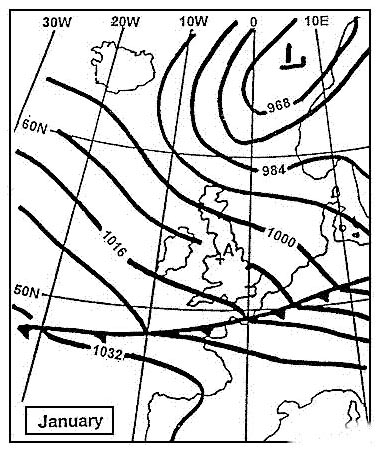
Question 216-7 : Extended range operations with two engined aeroplanes etops .the pilot uses a south polar stereographic chart with grid parallel with the zero meridian and grid north in the direction of geographic north along this meridian . the aircraft position is 80°s 130°e its true route is 110° the grid ?
Question 216-8 : Extended range operations with two engined aeroplanes etops .the mnps airspace extends from ?
27° north to 90° north
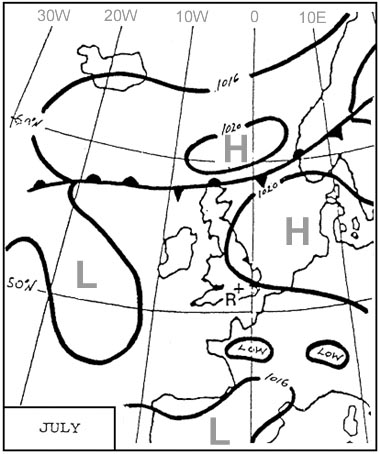
Question 216-9 : Extended range operations with two engined aeroplanes etops .the mnps airspace extends vertically between flight levels ?
285 and 420

Question 216-10 : When refuelling is being performed while passengers are boarding or disembarking the aircraft one of the requirements is ?
Question 216-11 : The regulatory green navigation light is located on the starboard side with a coverage angle of ?
Question 216-12 : North atlantic high level airspace nat hla .the validity period of a night time organised track system in mnps minimum navigation performance specification airspace is normally at 30°w between ?
01h00 utc to 08h00 utc
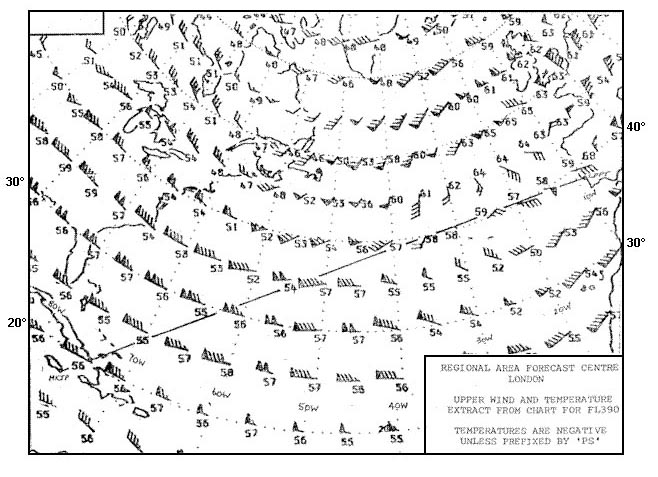
Question 216-13 : North atlantic high level airspace nat hla .the validity period of a day time organised track system in mnps minimum navigation performance specification airspace is normally at 30°w between ?
11h30 utc to 19h00 utc
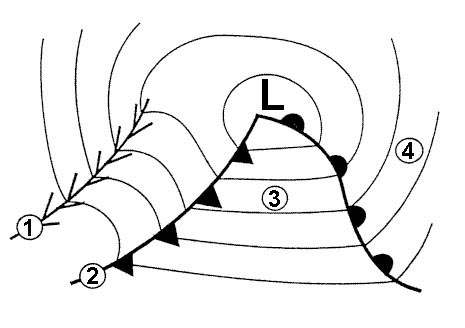
Question 216-14 : North atlantic high level airspace nat hla .during a flight to europe planned in mnps minimum navigation performance specification airspace you expect to cross the 30°w meridian at 00h30 utc .you will then normally be ?
Out of the validity period of organised flight track system
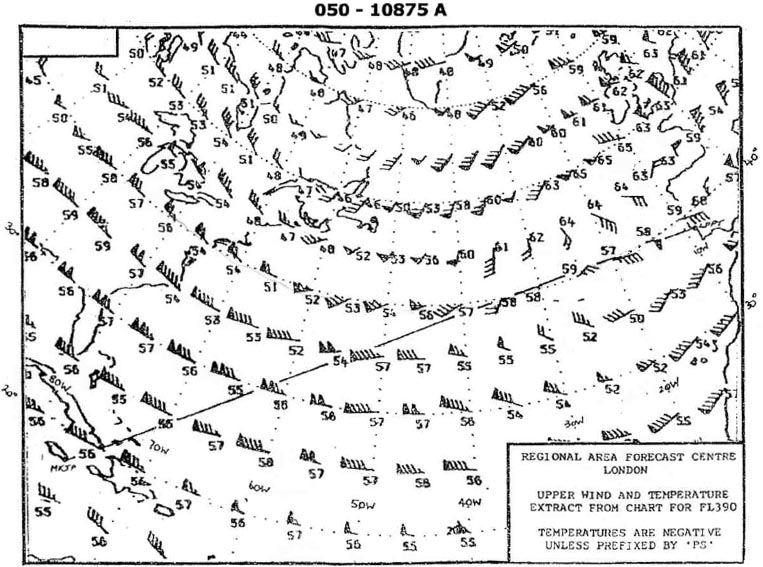
Question 216-15 : North atlantic high level airspace nat hla .the minimum navigation equipment required for an aircraft flying without restriction in mnps airspace can be at the very least ?
Question 216-16 : North atlantic high level airspace nat hla .the minimum longitudinal separation of two aircraft flying in mnps airspace at the same flight level on the same track and with the same mach number is ?
10 minutes
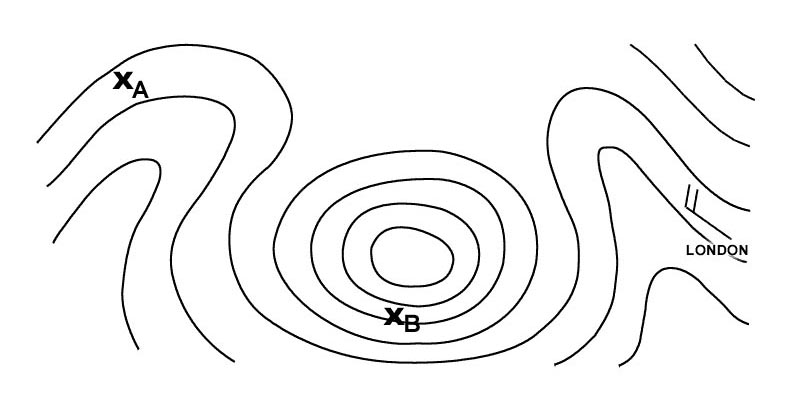
Question 216-17 : North atlantic high level airspace nat hla .during the flight of two aircraft in mnps airspace with a leading aircraft flying at higher speed the longitudinal separation must not be below ?
5 minutes
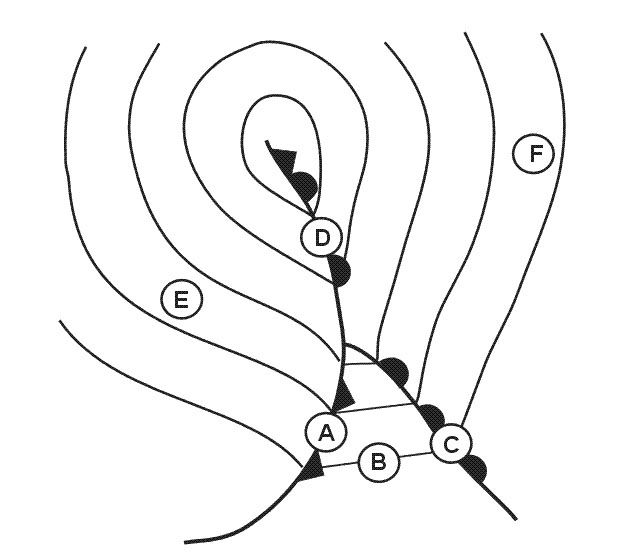
Question 216-18 : The term decision height dh is used for ?
A precision approach
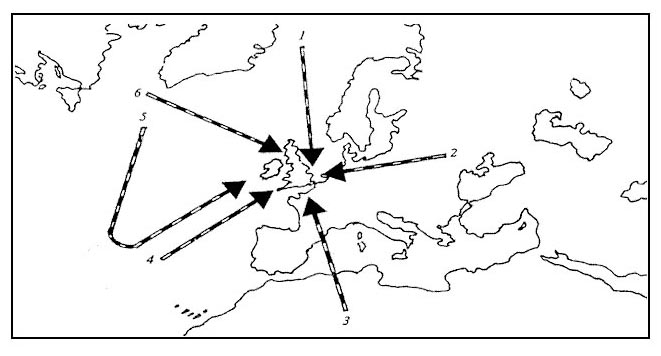
Question 216-19 : Ops regulation.according to air ops a life jacket is mandatory for each person on board a land aeroplane when flying over water at a distance from the shore of more than ?
50 nm
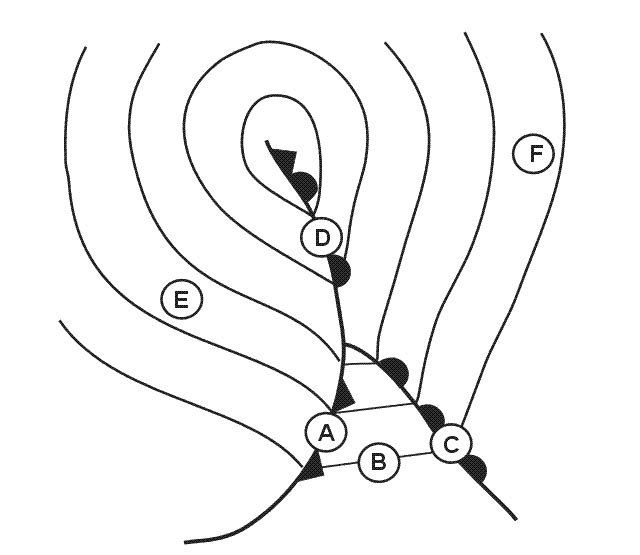
Question 216-20 : Ops regulation.on overwater flights an operator shall not operate an aeroplane at a distance away from land which is suitable for making a emergency landing greater than that corresponding to ?
400 nm or 120 minutes at cruising speed

Question 216-21 : Amc4 spa lvo 100 ecqb2022 v4 .a category ii precision approach cat ii is an approach with ?
A decision height of at least 100 ft

Question 216-22 : A category i precision approach cat i is an approach which may be carried out with a runway visual range of at least ?
550 m
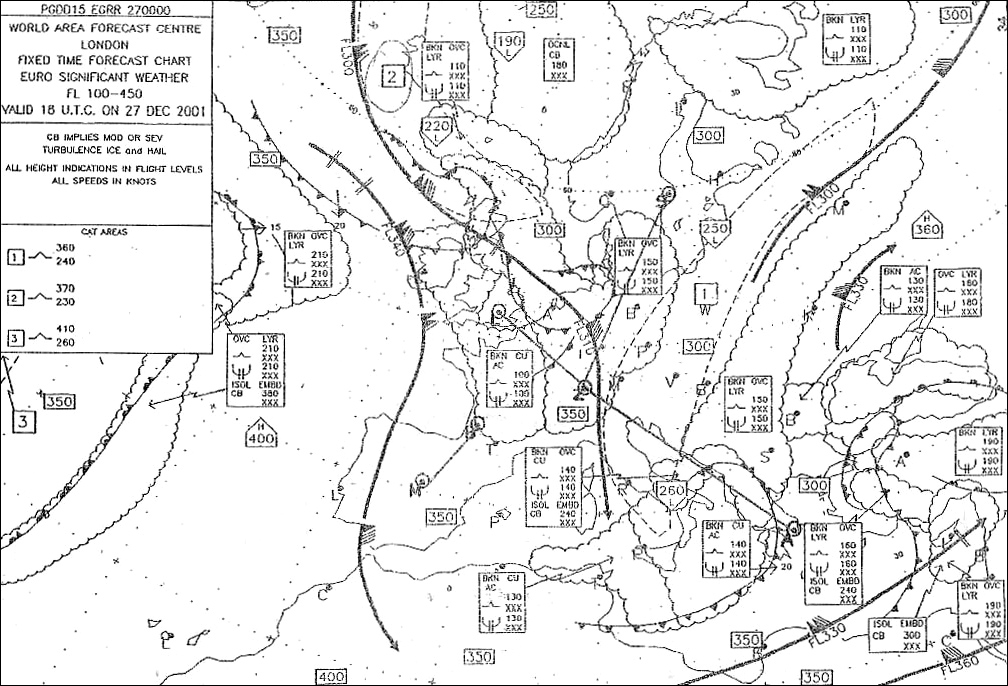
Question 216-23 : With the control display unit cdu of an inertial navigation system ins you can read the following information desired track dtk = 100° track tk = 120° .you can conclude that the ?
Track error angle tke is right r
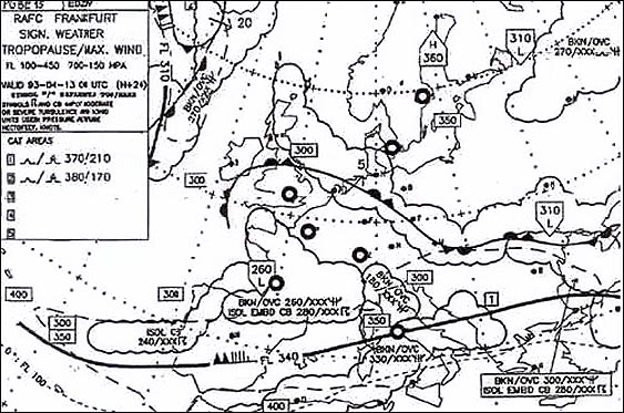
Question 216-25 : For aeroplanes certified before the 1 april 1998 cockpit voice recorder cvr when required must keep the conversations and sound alarms recorded during the last ?
30 minutes of operation
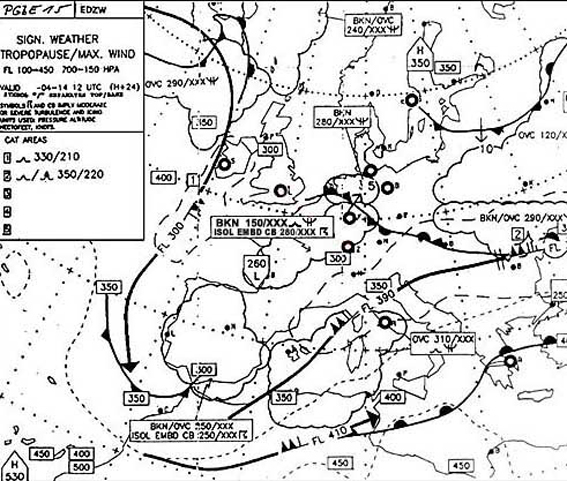
Question 216-26 : On board a non pressurised aircraft 10% of the passengers shall be supplied with oxygen throughout the entire flight time after 30 minutes at pressure altitude greater than ?
Question 216-27 : On board a pressurized aircraft a flight shall be undertaken only if the aircraft is provided with an oxygen reserve enabling all the crew members and part of the passengers to be supplied with oxygen in the event of a cabin depressurization throughout the flight period during which the pressure ?
Question 216-28 : For the flight crew members quick donning type of oxygen masks are compulsory on board any pressurised aeroplane operating at a pressure altitude above ?
Question 216-29 : All aeroplanes must be fitted with a flight data recorder fdr when their maximum certificated take off mass is greater than ?
5700 kg
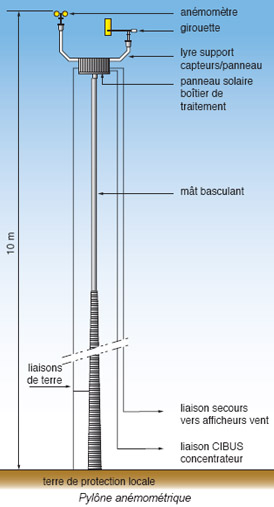
Question 216-30 : The minimum lateral separation in the nat region is ?
60 nm between aircraft meeting minimum navigation performance specifications
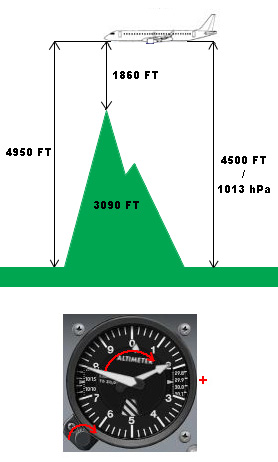
Question 216-31 : Which separation will be provided if reduced vertical separation minimum rvsm is used when operating in mnps airspace ?
60 nm lateral and 1000 ft vertical
Question 216-32 : Following an explosive decompression the maximum altitude without oxygen supply at which flight crew efficiency is not impaired is ?
Question 216-33 : The coverage angle of the regulatory white navigation / position lights located to the rear of the aircraft is ?
Question 216-34 : During a night flight an observer located in the cockpit seeing an aircraft coming from front right on approximate opposite parallel track will first see the ?
Question 216-35 : During a night flight an observer located in the cockpit seeing an aircraft coming from front left on approximate opposite parallel track will first see the ?
Question 216-37 : Astronomic precession ?
Causes the gyro axis to spin to the right in the northern hemisphere
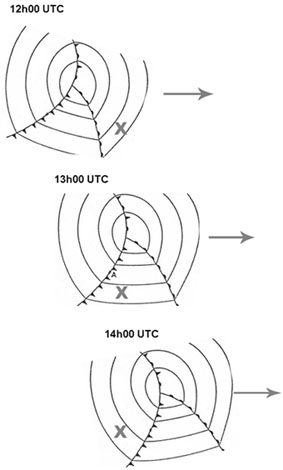
Question 216-38 : The lowest minima to be used by an operator for circling with a category d aeroplane is a meteorological visibility of ?
Question 216-39 : The lowest minima to be used by an operator for circling with a category c aeroplane is a meteorological visibility of ?
2400 m
Question 216-40 : The lowest minima to be used by an operator for circling with a category b aeroplane is a meteorological visibility of ?
~
Exclusive rights reserved. Reproduction prohibited under penalty of prosecution.
8599 Free Training Exam

